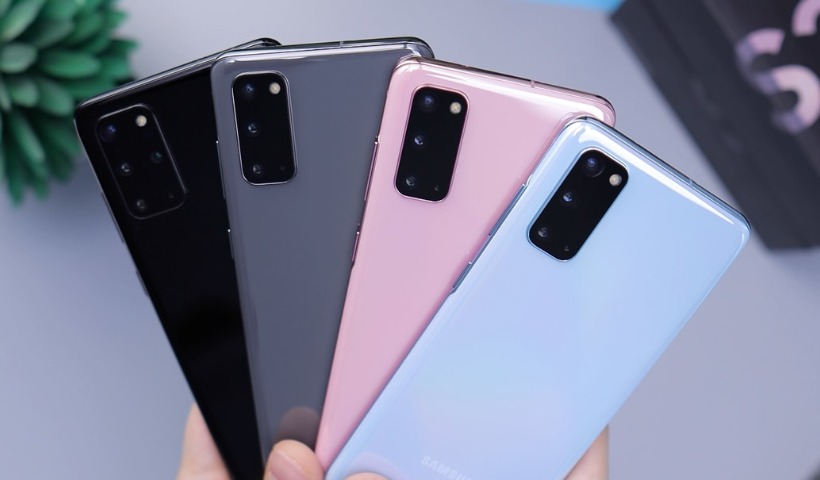Many people have at least one old phone stuffed in a drawer somewhere. Rather than leaving that defunct iPhone or Android to collect dust, why not give it a second life?
Converting your old smartphone into a security camera is a cost-effective way to get eyes on your home when you’re not there.
And setting it up isn’t hard. In fact, you can start using that time-worn phone to keep your home safe in just three steps.
Post Contents
Step 1: Install a security camera app on your old phone
To begin, you will need to choose a security camera app for your phone. Most apps offer many of the same features, such as local streaming, cloud streaming, recording and storing footage locally or remotely, and motion detection and alerts. Once you’re set up, you will be able to monitor your living space and control your security camera from anywhere, straight from your new phone.
One of the best app options for setting up your phone as a security camera is Alfred. It’s cross-platform, so it doesn’t matter if your old phone was an Android phone or iPhone. And the same goes for your new phone.
Alfred is free to use and gives you a remote view of your live feed, motion detection with alerts, free cloud storage, a two-way audio feed and use of both the front and rear cameras. To unlock additional features, like higher-resolution viewing and recording, zoom capabilities, ad removal and 30-day cloud storage, you can upgrade to Alfred Premium.
- Download Alfred (Android, iOS) on both your old and new phones, or any tablets you want to use.
- On the new phone, swipe through the introduction and tap Start. Select Viewer and tap Next.
- Once you get to the sign-in page, click Sign in with Google (a Google account is required) and sign in with your Google account credentials.
- On the old phone, repeat the same steps, but instead of selecting Viewer, select Camera. And make sure to sign in to the same Google account.
Once both phones are signed in to Alfred, you’re pretty much done with the setup. Alfred has simplified the camera options to only include a few settings. On iOS, you can only enable motion detection, choose between the front and rear cameras and enable or disable audio. If you’re using an Android device, you have those options and you can also enable continuous focus, have Alfred automatically reopen if the phone reboots, set a resolution and enable a passcode lock.
From your new phone, you can change a few more settings, such as turning notifications on or off, setting a camera or viewer name, adding other people to your Trust Circle (granting other people access to your video feeds), removing a camera, checking how many times a camera has disconnected, setting motion detection sensitivity and enabling a low-light filter on cameras.
While Alfred is a solid choice, keep in mind it’s not the only choice. Far from it, in fact. Manything, Salient Eye and Presence are all solid free choices with an affordable subscription model if you need more features. And IP Webcam is one of the more popular Android-only options.
Step 2: Choose a spot for your phone security camera
After you have the stream up and running, you will need to set up and position the camera. You may want it focused on the main entry point to your home, your backyard, the place where you store valuables or a point you think might be particularly vulnerable. You can also set up an IP camera as a baby monitor.
If you have multiple old phones lying around, you can set up multiple cameras for fairly robust video coverage.
Step 3: Mount and power your new security camera
To mount or position the camera, a small smartphone tripod or suction-cup car mount can work wonders and help you position the camera in an inconspicuous place. To broaden the field of view, consider buying a wide-angle lens for your phone, something that can be purchased for between $5 and $20 online.
Streaming video is very power-intensive, and the phone will be on 24/7. To keep the phone from dying in the first few hours, you will need to position it close to a power source. A 10-foot Micro-USB or Lightning cable will give you more flexibility in where you put it.
And that’s it! Now you can use the security cam app on your new phone to view the feed from your old phone’s camera, and you’ve made your home more secure
without spending much.
While you’re here, check out six quick tips for getting the most out of your home security camera, how to use your Alexa device as a home security camera and the best DIY home security systems.
